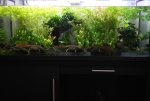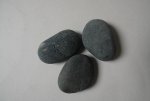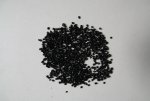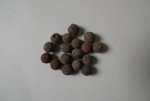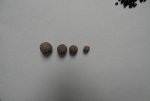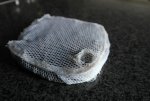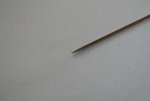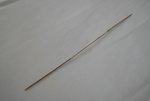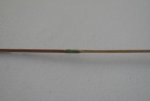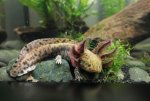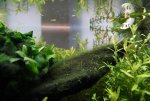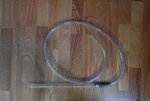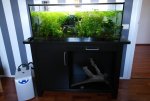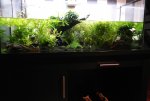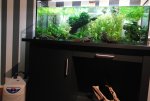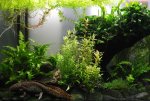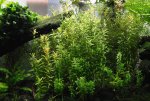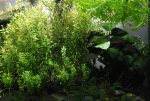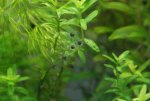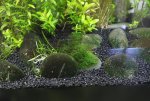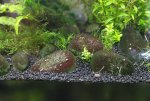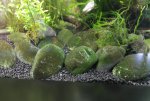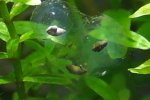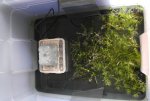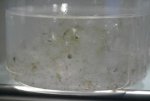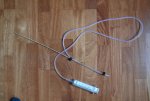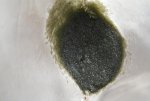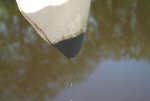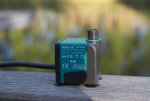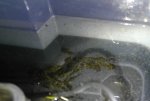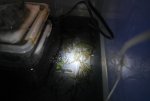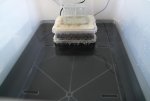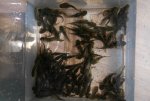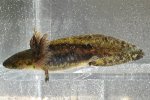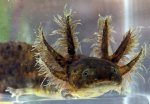RG
Member
One meter sixty salamander in a one meter twenty aquarium.
1200x40x50 net water content approximately 170 Liter.
Standing on top of a black self-built base cabinet.
The lighting consists of three meters 24v LED strip 6000 K daylight 3300 lumen.
One meter 24v rgb LED strip with warm white LEDs lumen unknown.
Lighting is controlled by a variable timer with sun rise and fall.
In the winter 6 hours maximum lighting of daylight LEDs and warm white LEDs Red LEDs 15% and Blue LEDs 6%.
In summer, the maximum water temperature of 22 degrees Celsius is regulated by a cooler Blue Marine Chiller 400. The current winter temperature is 16.5 degrees Celsius.
Filtration from right to left horizontal flow no turbulence.
Aquarium Pump Tetratec EX800 Plus, External filter. Filter mass consists for a large part of baked clay balls.
Soil 3mm black gravel (Non-toxic Quarts fisch Frendly) and 30-60 mm black beach pebbles.
A large piece of aquarium wood
No houses or tubes as a shelter for salamanders.
About seven different water plants and algae.
Thousands of small aquatic animals presumably Peracantha truncata , Cyclops and such. Slags most of which are consumed so that not many snails can be seen.
Seven two year old adult Andersoni's 2.5.0. with a total length of 160 centimeters.
The filter is cleaned once a year during commissioning of the cooler.
I clean the hoses and pipes of the filtration system twice a year for a better flow rate.
Every week the gravel is cleaned as much as possible with a suction pipe.
Every week a water change of about 40 - 50 liters with water from the tap Ph 7, Gh 7.
Water values are not measured, completely unnecessarily if everything goes well.
Every week, the plants are fertilized with 10 ml aquarium plant fertilizer.
A few rusting nails for the necessary iron.
The animals receive only living food or fresh frozen food. Pallets and blood worms (red mosquito larvae) are not fed to them.
All food with an exception for small fish is offered with a food stick to prevent unnecessary gravel eating.
The Andersoni have never been ill. Sometimes they refuse to eat especially the males. They can also spit out the foot. This happens sometimes when they have swallowed a piece of moss with the food or for another unclear cause. These remains can often be found in the tank within 12 to 24 hours. At the next feeding they just eat again and everything is fine again. Sometimes on rare occasions they rinse their stomach, this causes a large white cloud in the water.
This setup has been going on for more than two years now without any disappointments except that they have not yet begun to breed.
1200x40x50 net water content approximately 170 Liter.
Standing on top of a black self-built base cabinet.
The lighting consists of three meters 24v LED strip 6000 K daylight 3300 lumen.
One meter 24v rgb LED strip with warm white LEDs lumen unknown.
Lighting is controlled by a variable timer with sun rise and fall.
In the winter 6 hours maximum lighting of daylight LEDs and warm white LEDs Red LEDs 15% and Blue LEDs 6%.
In summer, the maximum water temperature of 22 degrees Celsius is regulated by a cooler Blue Marine Chiller 400. The current winter temperature is 16.5 degrees Celsius.
Filtration from right to left horizontal flow no turbulence.
Aquarium Pump Tetratec EX800 Plus, External filter. Filter mass consists for a large part of baked clay balls.
Soil 3mm black gravel (Non-toxic Quarts fisch Frendly) and 30-60 mm black beach pebbles.
A large piece of aquarium wood
No houses or tubes as a shelter for salamanders.
About seven different water plants and algae.
Thousands of small aquatic animals presumably Peracantha truncata , Cyclops and such. Slags most of which are consumed so that not many snails can be seen.
Seven two year old adult Andersoni's 2.5.0. with a total length of 160 centimeters.
The filter is cleaned once a year during commissioning of the cooler.
I clean the hoses and pipes of the filtration system twice a year for a better flow rate.
Every week the gravel is cleaned as much as possible with a suction pipe.
Every week a water change of about 40 - 50 liters with water from the tap Ph 7, Gh 7.
Water values are not measured, completely unnecessarily if everything goes well.
Every week, the plants are fertilized with 10 ml aquarium plant fertilizer.
A few rusting nails for the necessary iron.
The animals receive only living food or fresh frozen food. Pallets and blood worms (red mosquito larvae) are not fed to them.
All food with an exception for small fish is offered with a food stick to prevent unnecessary gravel eating.
The Andersoni have never been ill. Sometimes they refuse to eat especially the males. They can also spit out the foot. This happens sometimes when they have swallowed a piece of moss with the food or for another unclear cause. These remains can often be found in the tank within 12 to 24 hours. At the next feeding they just eat again and everything is fine again. Sometimes on rare occasions they rinse their stomach, this causes a large white cloud in the water.
This setup has been going on for more than two years now without any disappointments except that they have not yet begun to breed.

